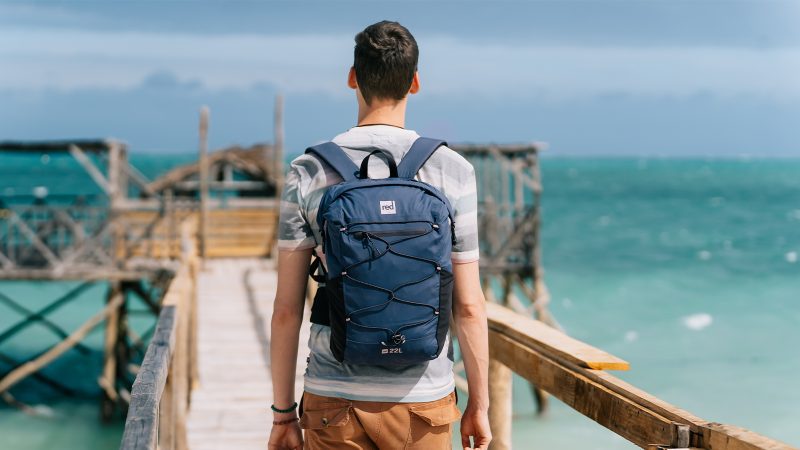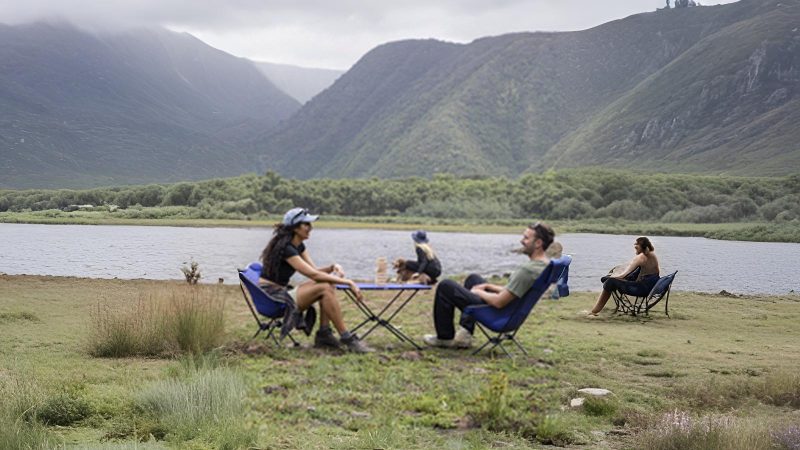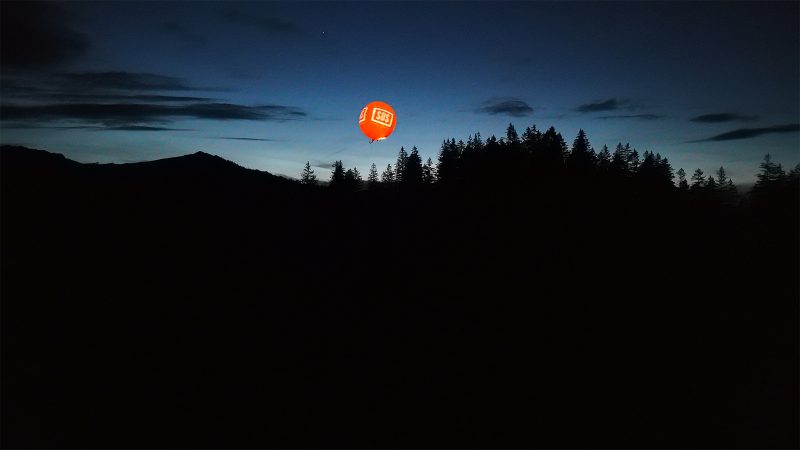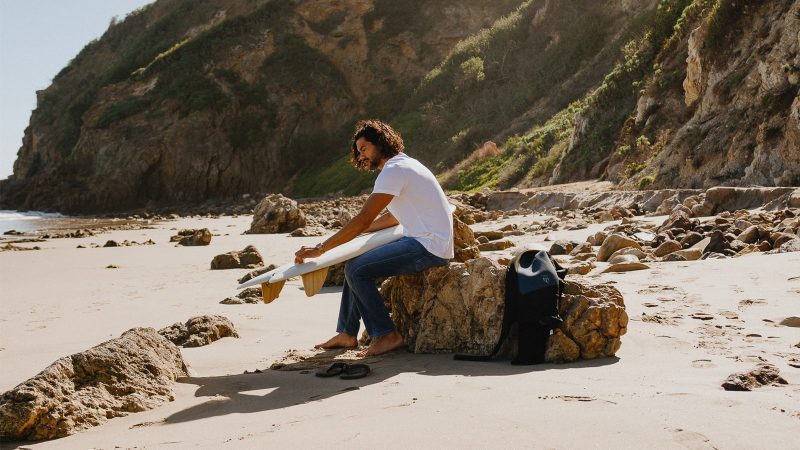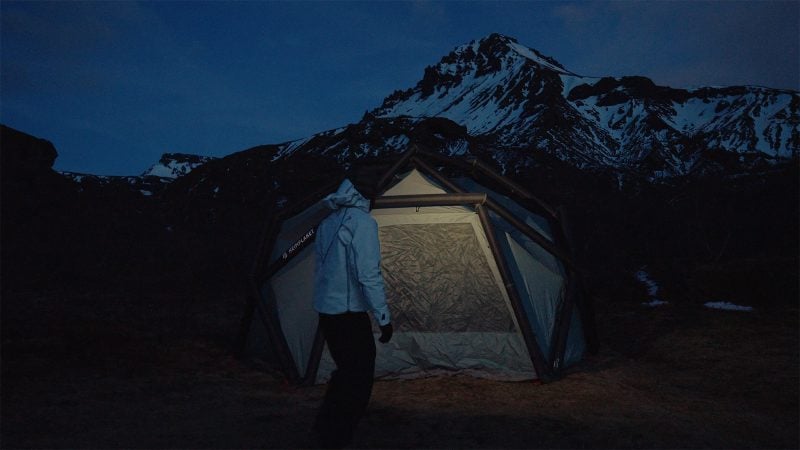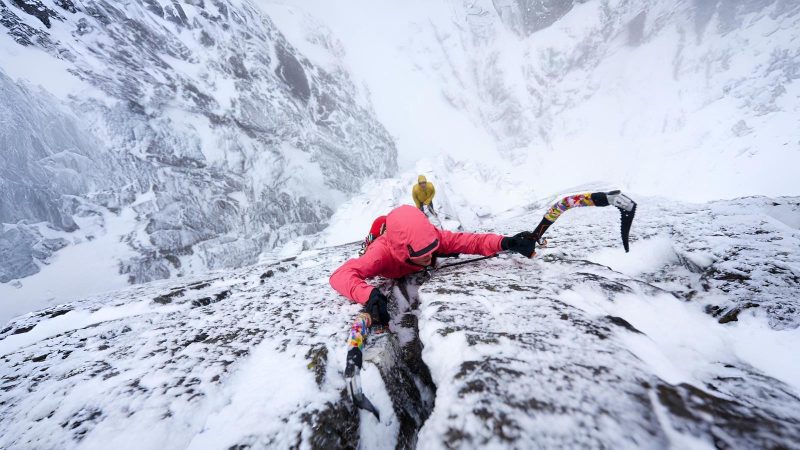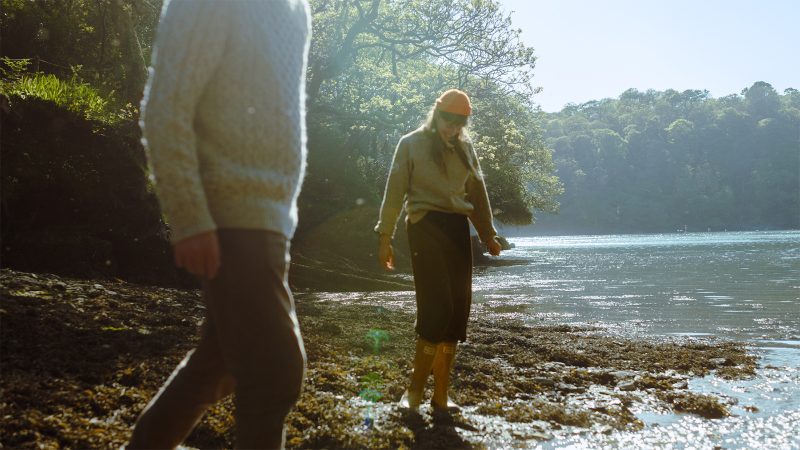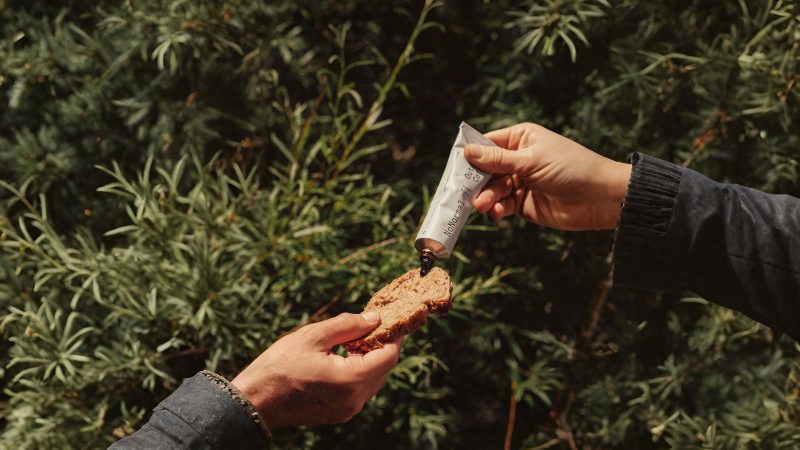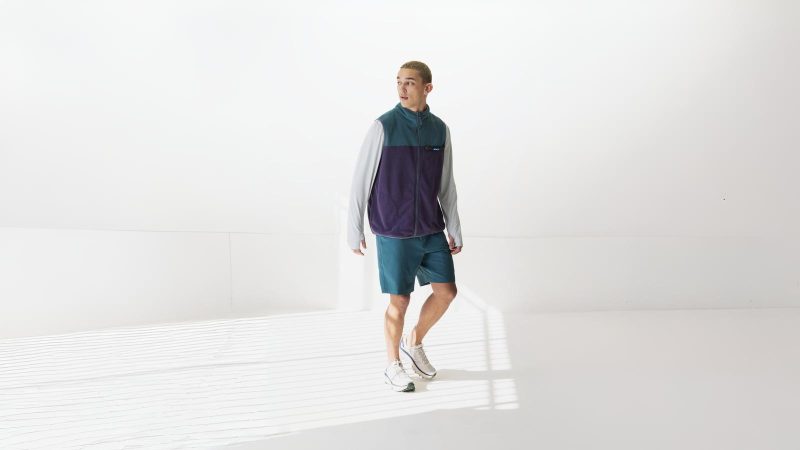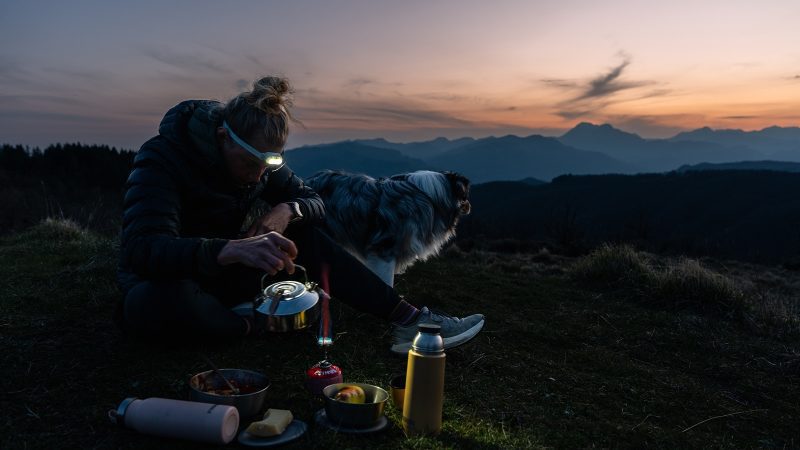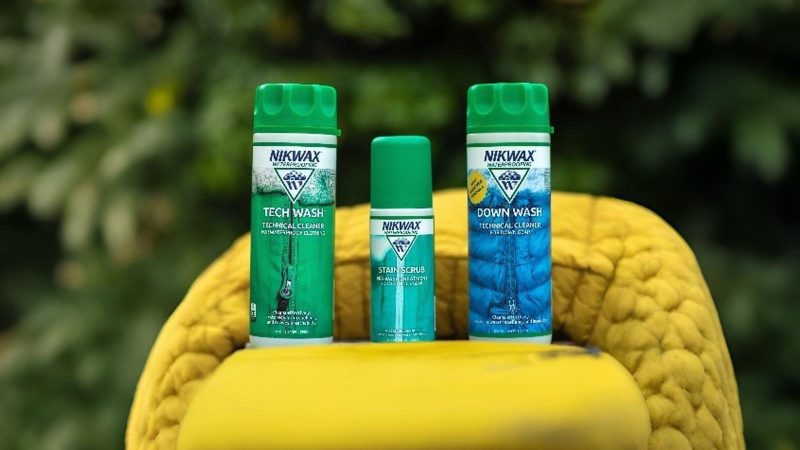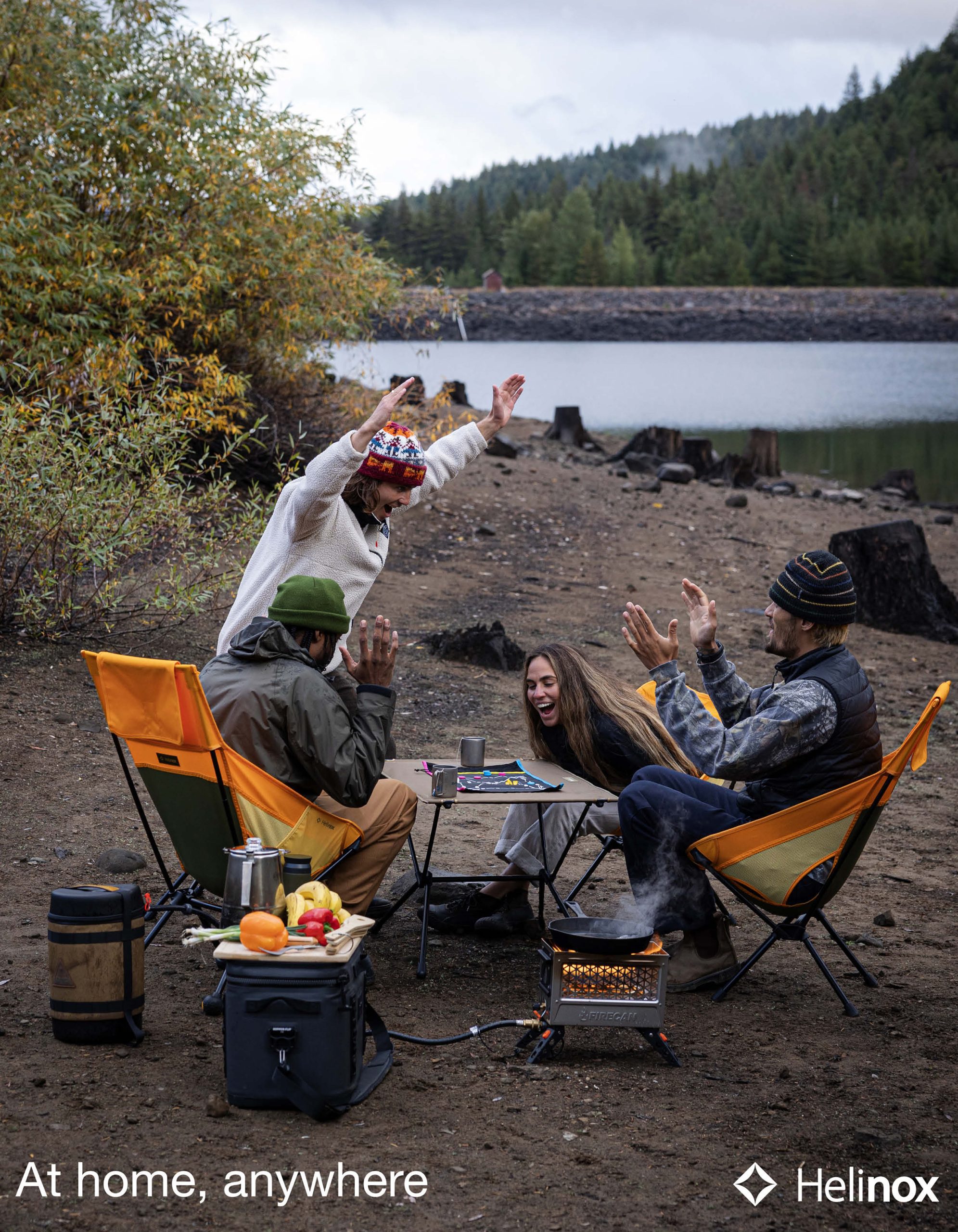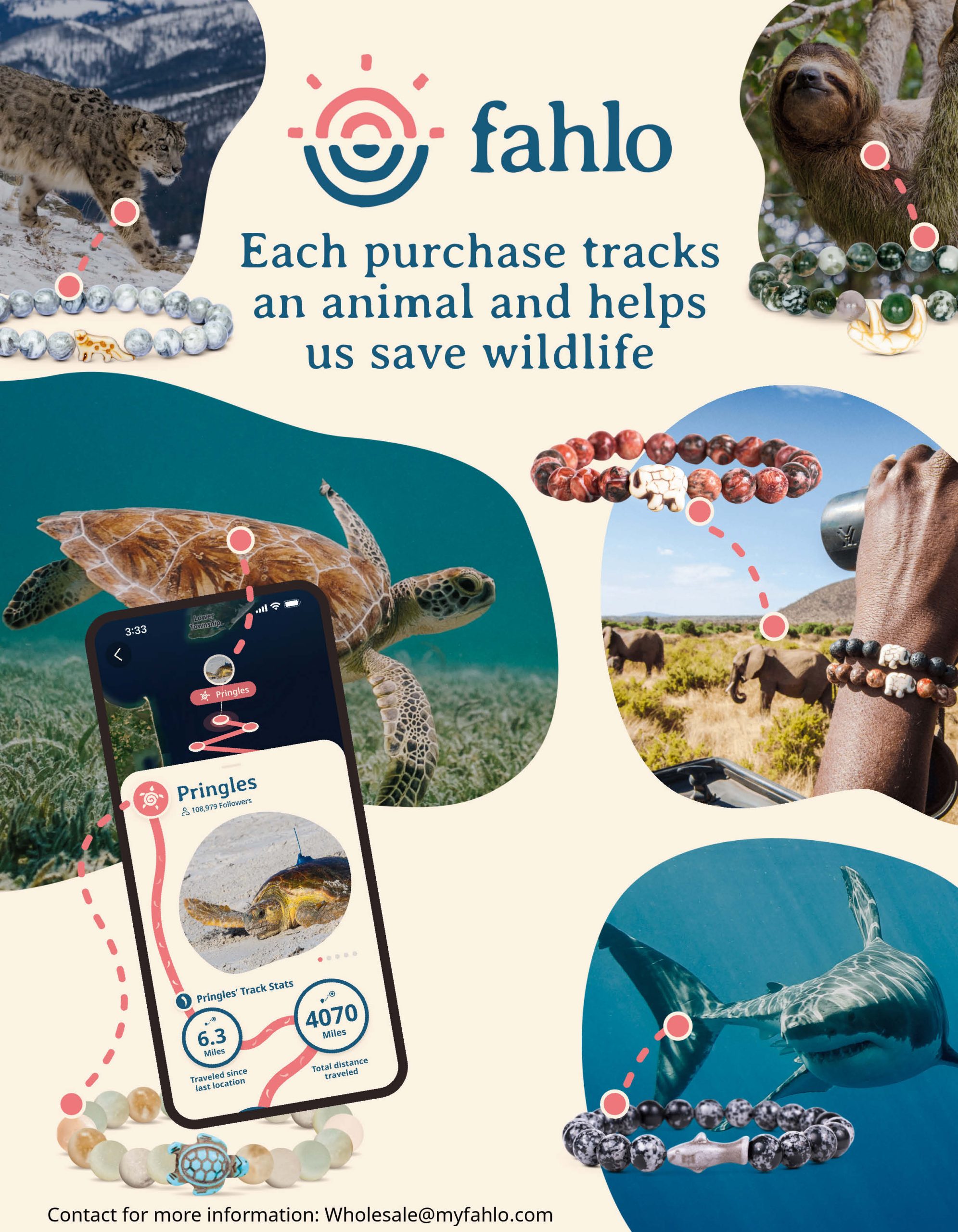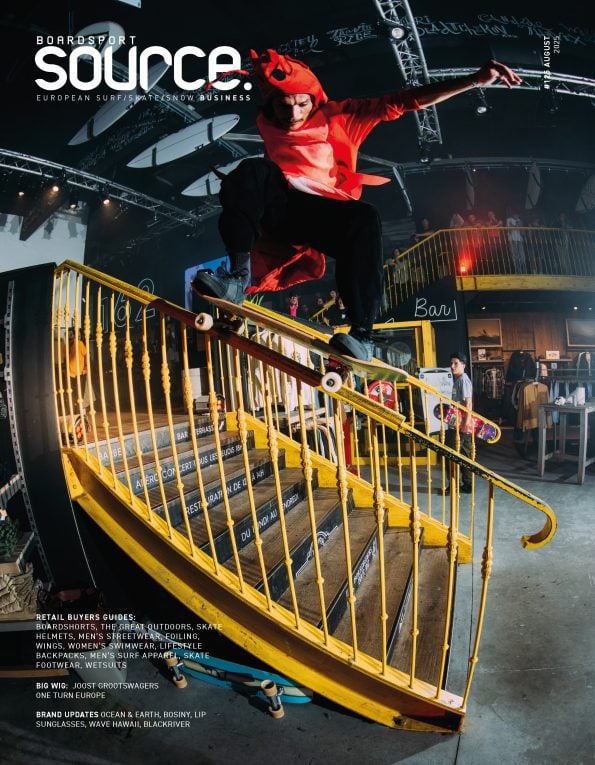Great Outdoors S/S 2026 Retail Buyer’s Guide
The outdoor industry enters 2026 with strong momentum and clear signals from consumers: they want versatile, sustainable, and beautifully designed products that support both serious adventures and everyday life. Retailers face both opportunities and challenges – global supply chain volatility, shifting tariffs, and evolving consumer expectations – but also a wealth of innovation from brands redefining what “outdoor” means. Ladies and gentlemen, let’s dive into the S/S26 Great Outdoor Retail Buyer’s Guide by Matthieu Perez.
What’s hot?
A clear shift in consumer behaviour is toward lightweight, modular equipment that maximises freedom and efficiency without sacrificing comfort. “Cooking and community,” as Linnea Bronner, Primus’ PR manager, explains, “are becoming central to the outdoor experience.” Their solution – a compact, eco-conscious cooking ecosystem – underscores how social connection now plays as important a role as technical performance, blending practicality with shared experiences. The very definition of “outdoor” has also expanded, stretching beyond forests and peaks into everyday environments. As Chi-Wang Cheung, Chief Marketing Officer at Helinox, points out, “The outdoors is no longer confined to trails—it now lives in the city as well.” Rooftops, art studios, and patios have become as relevant as alpine campsites, and gear designed for these hybrid spaces allows retailers to tell stories that merge technical heritage with contemporary design culture, creating a seamless bridge between adventure and everyday life.
Safety, meanwhile, is taking a new place in the spotlight. Originally designed for mountaineers and forestry workers, Airmarker’s visibility systems are now crossing into paddleboarding and kayaking. Their mission is simple: “Our focus is on making search and rescue faster and more effective,” emphasizes Thomas Schmidt, Head of Sales International. With participation in water-based sports growing, equipment once considered niche is now essential, highlighting how innovation in safety technology is becoming mainstream.
Performance-driven lifestyles are also shaping the conversation. The playful energy of KAVU’s Spring 2026 collection highlights how design can bridge utility and personality, while Duer reflects the needs of a customer who, as Emma Lloyd, European brand manager, puts it, “refuses to compromise between style and functionality.” From bold retro fits to trousers that slip easily between urban streets and mountain trails, the trendline is clear: consumers demand gear that adapts to multiple contexts without losing its identity, blending performance, comfort, and aesthetic appeal in every detail.
Another defining theme is longevity. Consumers are investing in fewer, higher-quality items, a trend Red Equipment has captured across paddleboarding, recovery, and camping. Charlotte Green, head of marketing, hammered: “More people are investing in high-quality, multi-functional products that serve a range of outdoor activities.” Similarly, Heimplanet’s SS26 approach highlights how sustainable materials can enhance – not limit – performance. As Jonas Gritzmann, head of online marketing & E-commerce, explains, “Integrating recycled fabrics and low-impact materials lets us improve performance without compromise.” In both cases, the drive is toward gear that lasts, evolves, and holds meaning over time, reflecting a deeper shift in consumer values toward sustainability and durability.
Tariffs ain’t stop us!
The unpredictable trade environment continues to shape how brands and retailers operate. Some have turned challenges into opportunities by maintaining tighter control over production. Duer, for example, acknowledges tariff pressures but emphasises that owning their own factory provides unusual agility: “Having direct control over production means we can adapt costs without sacrificing quality,” reinforces Lloyd, demonstrating how flexibility in manufacturing can transform potential obstacles into strategic advantages. Others adopt a more global lens. Rab highlights the reality that volatility and uncertainty are the only constants. “We continuously monitor the global situation and adapt our processes accordingly to ensure we maintain a healthy business while supporting our retail partners in the best possible way,” says Jessica Burton, UK Marketing Manager. For retailers, the message is clear – brands that communicate openly and respond quickly to change are becoming invaluable allies in navigating ongoing market fluctuations, emphasising collaboration as the key to long-term resilience.
Navigating challenges
The hurdles facing the outdoor industry are as varied as the opportunities. “Global disruptions, the implications of climate change, and changing consumer patterns are significantly impacting our retail partners,” observes Burton at Rab, and she argues that “success requires very close cooperation between all parties in the industry, and following our wholesale-led approach, we aim to work closely with our partners to best serve their needs.” Their stance reflects a broader truth: resilience will increasingly be built not in isolation, but through partnerships that share risk and responsibility, reinforcing the importance of trust and transparency. Visibility is another challenge that cannot be ignored. Green at Red Equipment makes the case that “standing out in a competitive market requires storytelling, product excellence, and authenticity.” Their investment in in-store activations, retailer training, and merchandising reinforces how experience – rather than sheer volume – now drives differentiation, ensuring that brands can connect meaningfully with consumers. Balancing consumer expectations adds yet another layer of complexity. As Milly Pestell, international marketing manager at Xtratuf, explains, “Our challenge is to create a product that lives up to consumer expectations, both functionally and sustainably.” Shoppers today demand high-performing products that are both durable and responsibly made, but also remain accessible in price. The brands capable of threading this needle will prove the most valuable partners for retailers, as they navigate the fine line between aspiration, practicality, and ethics.
Product is key
If trends and challenges provide the framework, it is the products themselves that bring the industry’s evolution to life. What unites the new season’s highlights is a focus on clear purpose and authentic storytelling. In the ritual-driven world of daily adventure, No Normal CEO and Co-Founder Philippe Greinacher adds character by anchoring gear around coffee: “It depends on the adventure, but must-haves are always a good knife, matches, toilet paper, snacks, and coffee.” Blending utility with humour in a way that resonates emotionally as much as it does practically, this approach highlights how everyday rituals can define the adventure experience.
Helinox continues refining its icons, particularly the Chair One, complemented by lightweight tables and cots that transform campsites, rooftops, and studios into comfortable living spaces. As Cheung notes, “Our customer today is curious, design-aware, and open-minded. They’re not defined solely by outdoor expertise, but by a desire for objects that support movement, creativity, and a life in motion,” illustrating how versatility and aesthetics drive consumer choice. The vibrant personality of KAVU shines through in fits updated for Spring 2026. Shirts, shorts, sun-layers, and colour-blocked pieces carry their retro-inspired aesthetic, reflecting their mantra that “every day can be a KAVU day,” and celebrating the joy and playfulness of the outdoors in everyday life.
Duer strengthens its foothold in the lifestyle performance category, positioning trousers in slim, tapered, and relaxed silhouettes across outdoor, action sports, and urban wardrobes. The emphasis on “everyday adventure wear” has become a cornerstone for consumers seeking one pair of pants that does it all, reflecting the merging of fashion, comfort, and functionality. Durability and adaptability remain central in Red Equipment’s portfolio, where paddleboards and recovery tools are designed with an investment mindset. Green states: “Consumers want gear that works hard and lasts, rather than buying multiple products for single-use occasions,” reinforcing the notion that consumers increasingly value quality over quantity. Shelters take on a new dimension in Heimplanet’s SS26 lineup, where refinement meets responsibility. “For this season we’re upgrading and refining our existing lineup while introducing fresh details,” explains Co-Founder Stefan Clauss, with recycled fabrics, C0 DWR finishes, and other low-impact materials driving a holistic sustainability strategy. This combination of aesthetics, performance, and eco-conscious materials highlights how thoughtful design can align with environmental responsibility. Functionality is the defining trait of Xtratuf’s footwear and gear. Built for people facing harsh environments daily, their commitment remains unchanged. Pestell claims, “We will never compromise on product functionality, quality, or our brand’s authenticity and heritage.” This clarity of purpose underlines why durability remains one of the sector’s most powerful value propositions, ensuring that consumers can trust their gear in any environment.
Nikwax closes the loop with innovation in aftercare. Their PFAS-free Direct.Dry technology offers a new generation of sustainable repellents, reinforcing the idea that stewardship matters as much as newness. As Zoe Hewitt, Head of Marketing, puts it, “All Nikwax aftercare products are easy to use, safe for you and the environment, and will ensure you stay dry and comfortable whatever the weather.” By extending the life of existing gear, they give consumers both performance and responsibility in one package, completing the cycle of sustainable outdoor innovation.
The Great Outdoors 2026 is defined by versatility, longevity, and lifestyle crossover. Consumers expect products that combine functionality with authentic storytelling, sustainability, and style. For retailers, this means curating collections that deliver multi-functional gear, eco-conscious practices, and narratives that resonate both practically and emotionally. As we move into 2026, the outdoor industry sits at the intersection of tradition and innovation. Retail success will come from balancing technical performance with lifestyle appeal, offering products that perform in the wild but fit seamlessly into everyday life. The outdoors is no longer just a destination- it is a lifestyle, a community, and a movement. Have a good end of the summer, and let’s go outside, people!
















